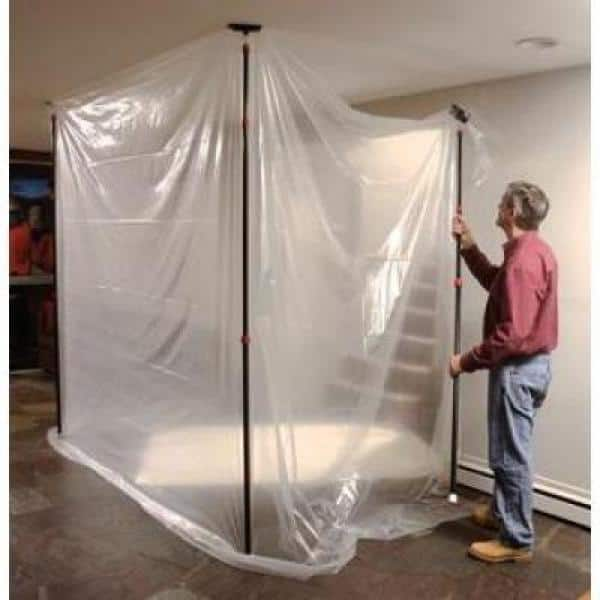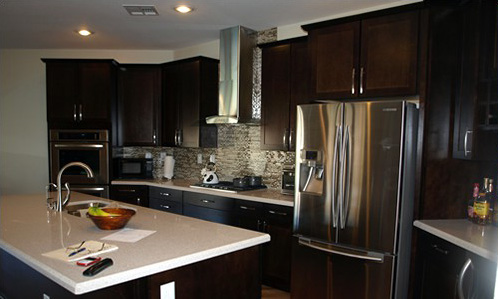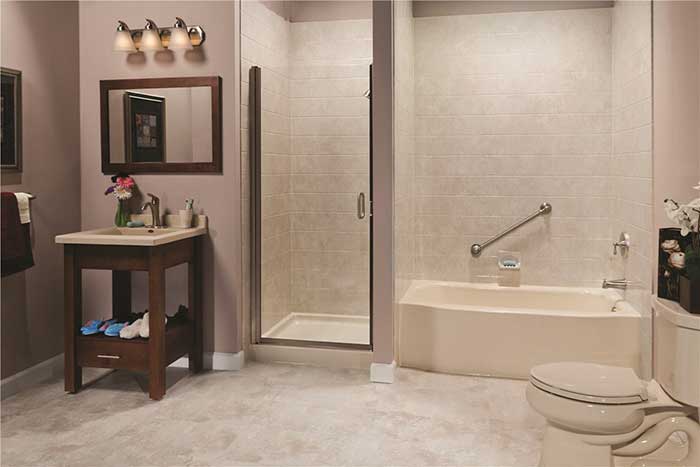
Consider what's available in your local realty market when you're looking for home improvements. It's tempting to just go for the cheapest path, but experts often have more value than crowd wisdom. A little research can help you make the right decision. These are some helpful tips for choosing and implementing popular home improvement projects. Below are some popular home improvement projects that you can prioritize to get a better return on your investment.
For resale, curb appeal is vital. It makes a home attractive to potential buyers. It is possible to increase your home's value by making a small investment. Increasing curb appeal of your home can be done without spending too much. Start by trimming the lawn and planting seasonal flowers. Power washing the driveway and repainting the exterior trim can also make your home more appealing.

You should also ensure your home has great curb appeal. Increasing the curb appeal of your house can dramatically increase its resale value and make your property more inviting to buyers. The first step is to take care of your lawn by planting seasonal flowers. Then, consider repainting your front door, power washing the driveway, and refinishing your exterior trim. Before you begin, a professional contractor will give an estimate of the cost.
Once you've established your budget, determine which home improvement projects are the most important. You need to prioritize the most important projects first, and consider how urgent each project is. It is important to save money on your property and avoid any damage. Others are quick fixes that you can finish yourself. Whatever project you choose, you need to assess the level of interest you have, the effort required, and the potential savings.
The exterior of your house is an important step in increasing its resale price. You can make your house look better by painting it. Many homeowners overlook this aspect of their homes. They will be more likely consider an improvement when they are necessary. And of course, they'll want to know what their budget is for the project.

Make sure you only choose urgent projects. While some home improvements are more urgent than others you should not feel obliged to make them immediately. It is best to prioritize the projects that will save money or protect your property. It is generally better to prioritize urgent tasks. The best place to start is with a simple fix. A small renovation doesn't need a lot of money, but it can add to the overall value of your property.
FAQ
What can I do to save money on my home's renovation?
You can save some money by doing as much of the work yourself as possible. You could, for example, try to reduce the number of people involved in the renovation. You can also find ways to reduce costs for materials during the renovation.
Are you able to live in a renovated house?
Yes, you can live in your house while you renovate it.
Can you live in a house and have renovations ongoing? The answer depends on how long the construction work takes. If the renovation process takes less than 2 months, then your home can be lived in while it's being renovated. However, if the renovation project lasts longer than two months, then no, you cannot live in your home while the renovation is taking place.
It is important that you do not live in your home during major construction. You could also suffer from noise pollution and dust caused by the heavy machinery used on the job site.
This is especially true for multi-story houses. In such cases, vibrations and noises from construction workers may cause irreparable damage to your property.
As we mentioned, temporary housing will be necessary while your home is being renovated. You won't have all the amenities of your home.
For example, you will not be able to use your washing machine and dryer while they are undergoing repair. Additionally, the smell of paint fumes or other chemicals will be a constant annoyance as well as the banging sound made by workers.
All of these factors can create stress and anxiety for you and your loved ones. To avoid becoming overwhelmed by these situations, it's important to plan ahead.
When you decide to start renovating your home, it is best to do some research first so that you can avoid making costly mistakes along the way.
You can also consider professional advice from a trusted contractor to ensure smooth running of your project.
Is it better to remodel an older house than build a brand new one?
There are two options if your goal is to build a new home. One option is to buy a pre-built home. These homes are ready to be moved into and have already been built. You could also build your dream home. You will need to hire a professional builder to help design and construct your dream home.
It all depends on how much you spend designing and planning the home. A custom home may require more effort because you'll likely need to do most of the construction work yourself. However, you have more control over what materials you use and where they are placed. It might be easier for you to find a contractor who has experience building custom homes.
A new house is generally more expensive than a home that has been renovated. Because you will need to pay more money for the land and any improvements made to the property, this is why a new home is usually more expensive. You will also need to pay inspections and permits. The average price difference between a new home and one that has been renovated is between $10,000 and $20,000.
How long does it usually take to renovate your home?
It all depends on how big the project is and how much time you spend each day. The average homeowner works on the project for three to six hour a week.
Statistics
- Rather, allot 10% to 15% for a contingency fund to pay for unexpected construction issues. (kiplinger.com)
- They'll usually lend up to 90% of your home's "as-completed" value, but no more than $424,100 in most locales or $636,150 in high-cost areas. (kiplinger.com)
- ‘The potential added value of a loft conversion, which could create an extra bedroom and ensuite, could be as much as 20 per cent and 15 per cent for a garage conversion.' (realhomes.com)
- It is advisable, however, to have a contingency of 10–20 per cent to allow for the unexpected expenses that can arise when renovating older homes. (realhomes.com)
- A final payment of, say, 5% to 10% will be due when the space is livable and usable (your contract probably will say "substantial completion"). (kiplinger.com)
External Links
How To
How can I plan a complete house remodel?
Planning a whole-house remodel requires planning and research. Before you even start your project there are many important things that you need to take into consideration. The first thing you need to decide is what kind of home improvement you want to make. You can choose from a variety of categories, such as kitchen or bathroom, bedroom, living space, or living room. Once you have decided which category you wish to work in, you will need to determine how much money you have to spend on your project. It's best to budget at least $5,000 per room if you don't have any experience working on homes. If you have more experience, you might be able spend less.
Once you have established how much you are able to afford, you will have to decide on how big a job to do. If you have only enough money to remodel a small kitchen, you may not be able add new flooring, countertops, or paint the walls. You can do almost everything if you have enough cash for a full-scale kitchen renovation.
Next, you need to find a contractor who is experienced in the type project that you want. This will ensure you get quality results and save you a lot of hassle later. You should begin gathering materials and supplies after you've found a competent contractor. You may need to purchase everything from scratch depending on the size and scope of your project. However, you won't have to worry about finding the exact item you are looking for in the many pre-made shops.
Now it's time for you to start planning. The first step is to make a sketch of the places you intend to place furniture and appliances. Next, design the layout of your rooms. Make sure that you leave space for plumbing and electrical outlets. Visitors will be able to easily reach the areas that are most frequently used near the front doors. Final touches to your design include choosing the right colors and finishes. Avoid spending too much on your design by sticking to simple, neutral colors and designs.
Now it's time to build! Before you begin any construction, make sure to verify your local codes. Some cities require permits. Others allow homeowners to build without permits. Before you can begin construction, remove any walls and floors. To protect your flooring, you will lay plywood sheets. Next, you'll attach the wood pieces to the frame of your cabinets. You will attach doors or windows to the frame.
You'll need to finish a few final touches once you're done. You'll likely want to cover any exposed wires and pipes. For this, you will use plastic sheeting or tape. It's also a good idea to hang mirrors and photos. Make sure to keep your work area neat and tidy.
If you follow these steps, you'll end up with a beautiful, functional home that looks great and saves you lots of money. You now have the knowledge to plan a complete house remodel.